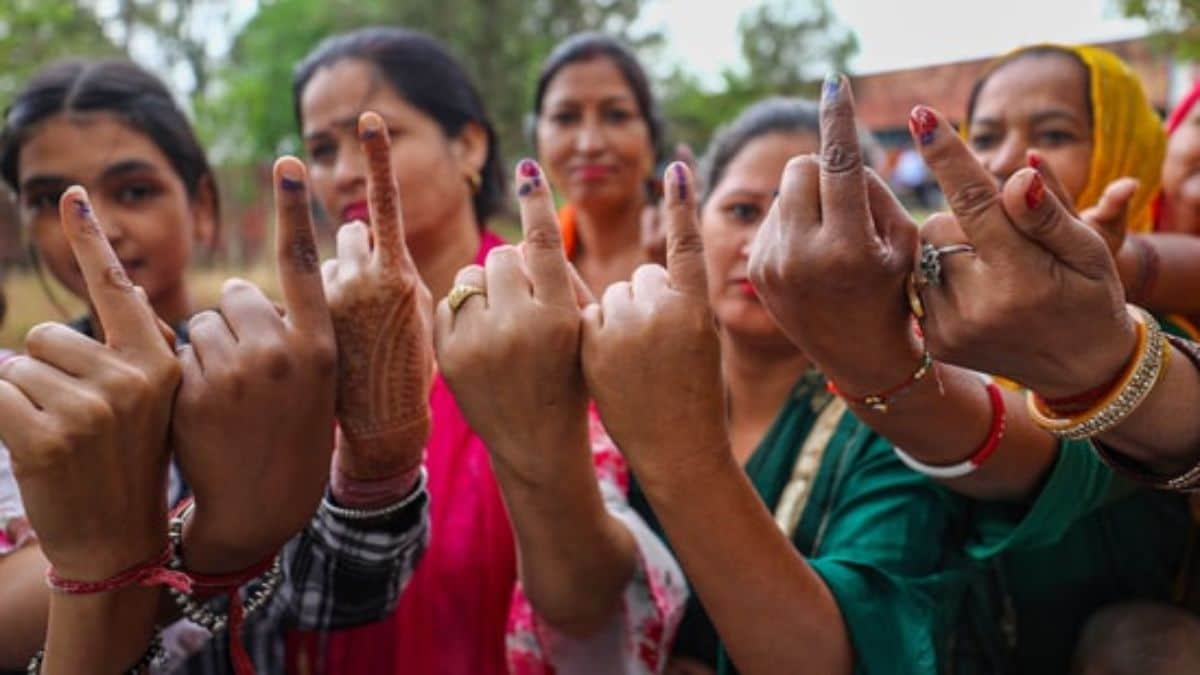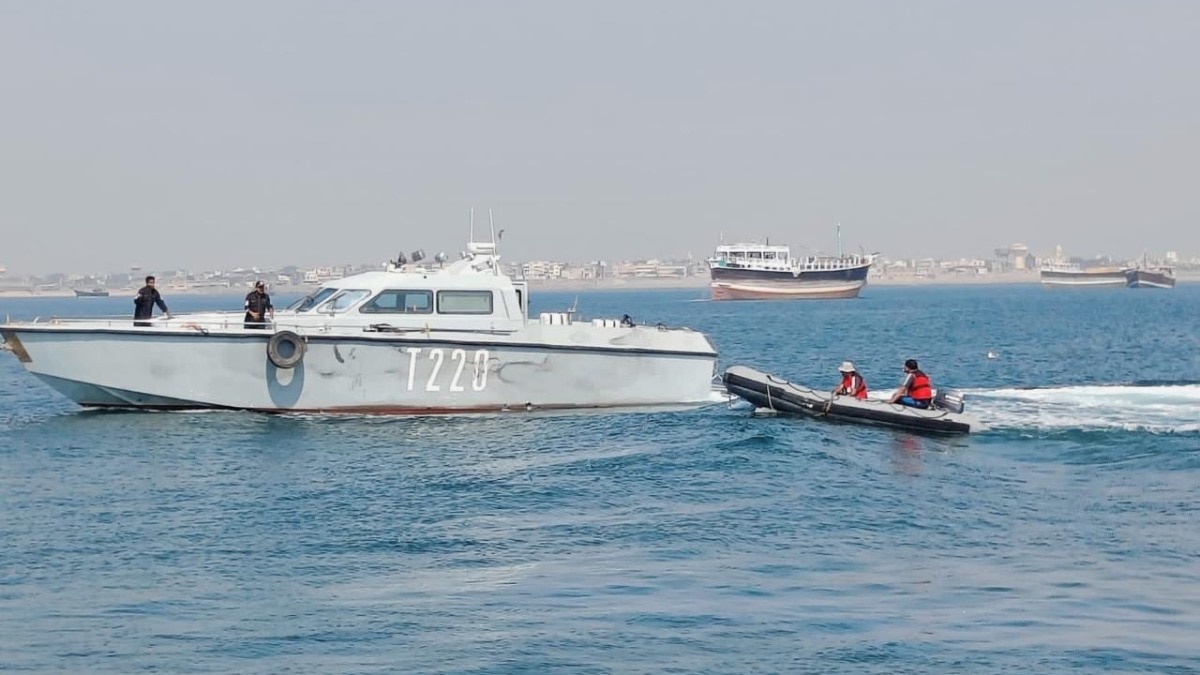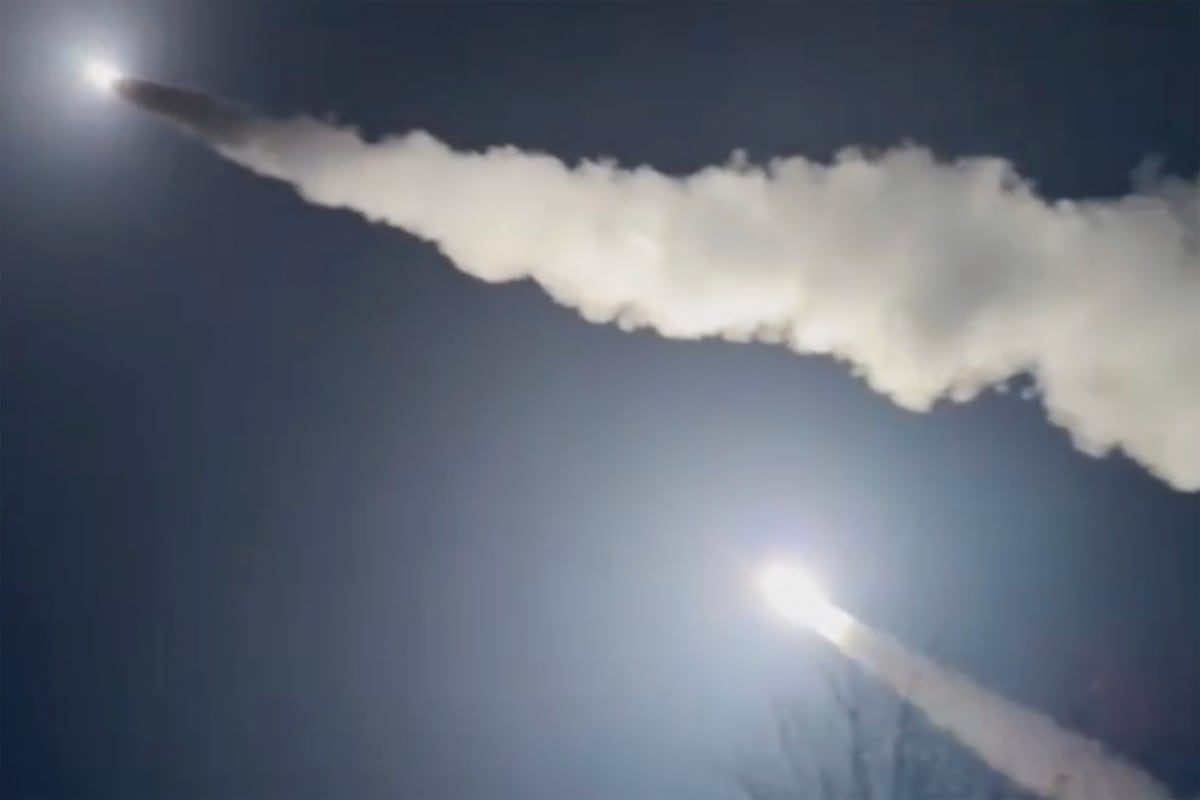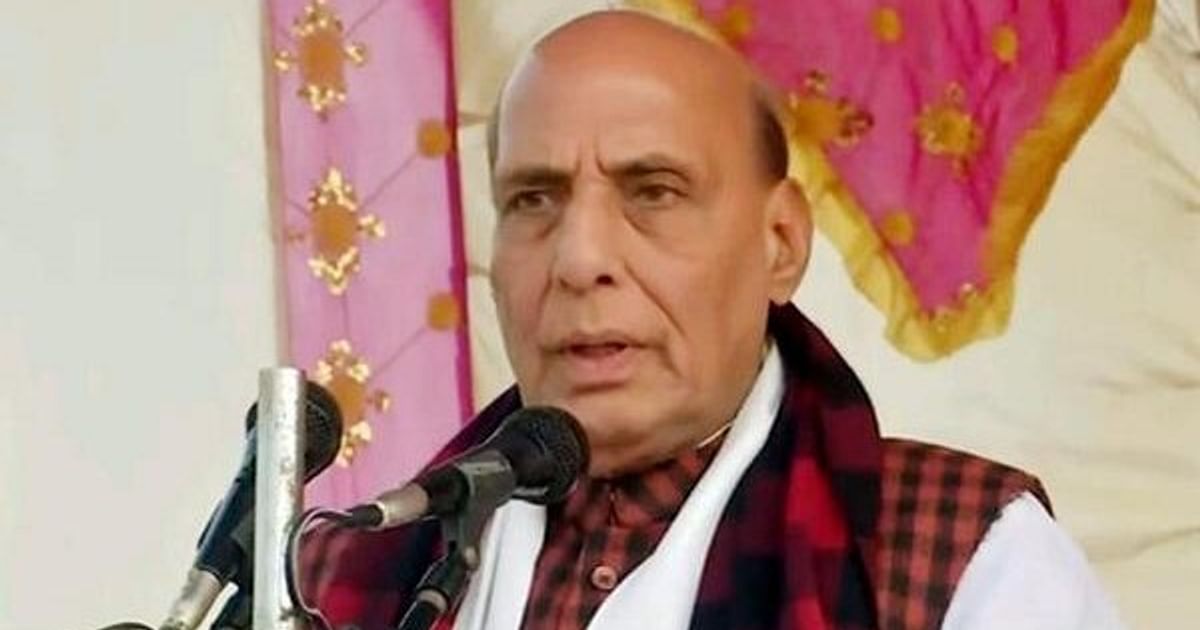Busy Wednesday: Maharashtra and Jharkhand Assembly Elections, Army Chief’s Nepal Visit, Bypolls in Three States, and SpaceX Starship Launch
Today marks a significant day in India as voting will take place for Assembly elections across Maharashtra and select constituencies…
Indian Navy Diving Team Rescues Grievously Injured Woman After Speedboat Collision in Odisha
In a remarkable display of responsiveness and dedication, a diving team from the Indian Navy successfully rescued a seriously injured…
Pentagon Announces $275 Million in New Weapons Aid to Ukraine Amid Escalating Conflict
The Pentagon is set to provide Ukraine with a new package of weapons worth at least $275 million, U.S. officials…
Defence Minister Rajnath Singh Urges IAF to Enhance Efficiency Amid Evolving Challenges
In a recent address at the Indian Air Force (IAF) commanders' conference in New Delhi, Defence Minister Rajnath Singh emphasized…
Ukraine Launches ATACMS Missiles into Russia, Marking Major Escalation in Conflict
KYIV, Ukraine — In a significant escalation of the ongoing conflict between Ukraine and Russia, Ukrainian forces have employed American-supplied…
Rajnath Singh Advocates for Enhanced Efficiency in Military Capability Building at Air Force Commanders’ Conference
At the recent Air Force Commanders' Conference, Defence Minister Rajnath Singh urged the Indian Air Force (IAF) to streamline its…






